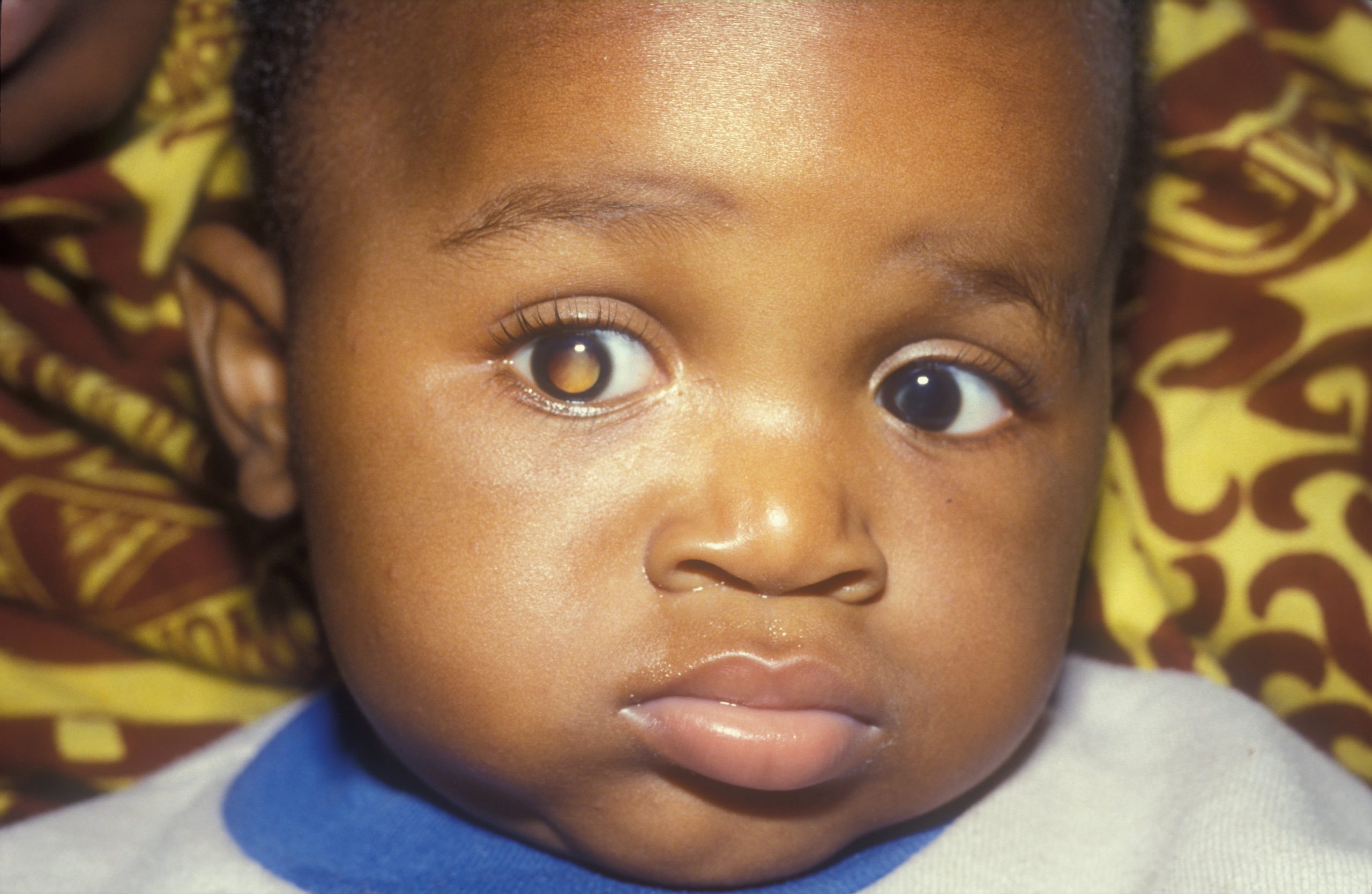Photograph: Pak Sang Lee
Retinoblastoma is a potentially fatal cancer of the eye occurring in children. However, the likelihood of death from those experiencing it has been known to be highly variable for years. For instance, a child in Africa with retinoblastoma has a mortality rate of 70% compared to 3-5% in Northern America and Europe. A new study including authors from the International Centre for Eye Health and the LV Prasad Eye Institute have shown the mechanics behind why retinoblastoma outcomes are worse in lower-income countries.
Previous studies have shown that differences in death rates and poor outcomes are due to delayed diagnoses, which allow the cancer to spread and cause further problems. An international research team assessed 692 retinoblastoma patients from 11 treatment centres across 10 countries worldwide for ‘lag time’, the time between the onset of their symptoms and when the condition was clinically diagnosed.
Looking at the countries studied by income level, the researchers found that lower income was associated with an older age at diagnosis, longer distances to the nearest primary healthcare centre and increased lag time between first symptoms (as noticed by the patient, their family or others) and presentation at a specialist retinoblastoma centre. They then looked at how lag time itself (adjusted for country income) is associated with outcomes for retinoblastoma, finding that an increased lag time was associated with an advanced tumour at time of diagnosis, risk of the cancer metastasizing and death. This is the first international multi-institutional study to examine these two relationships together.
Collectively, the study has revealed a significant disparity in the presentation patterns of retinoblastoma depending on the country’s income level, and that these increased lag times lead to worse outcomes for patients. National income level is an important factor that may be associated with the patient, family and healthcare professional’s education about the disease, as well as the ability to access appropriate care.
The authors note that previously proved measures to decrease lag time include awareness campaigns, which have seen success in Honduras, Brazil and the UK. These types of education initiatives may help to decrease lag times and improve outcomes.
Publication
Kaliki, S., Ji, X., Zou, Y., Rashid, R., Sultana, S., Taju Sherief, S., Cassoux, N., Y Diaz Coronado, R., Luis Garcia Leon, J., López, A. M. Z., Polyakov, V. G., Ushakova, T. L., Rani Roy, S., Ahmad, A., Al Harby, L., Reddy, M. A., Sagoo, M. S., L Berry, J., Kim, J., … Fabian, I. D. (2021). Lag time between onset of first symptom and treatment of retinoblastoma: An international collaborative study of 692 patients from 10 countries. Cancers, 13(8). https://doi.org/10.3390/cancers13081956
Contact
For more information on this study please contact Covadonga.Bascaran@lshtm.ac.uk

